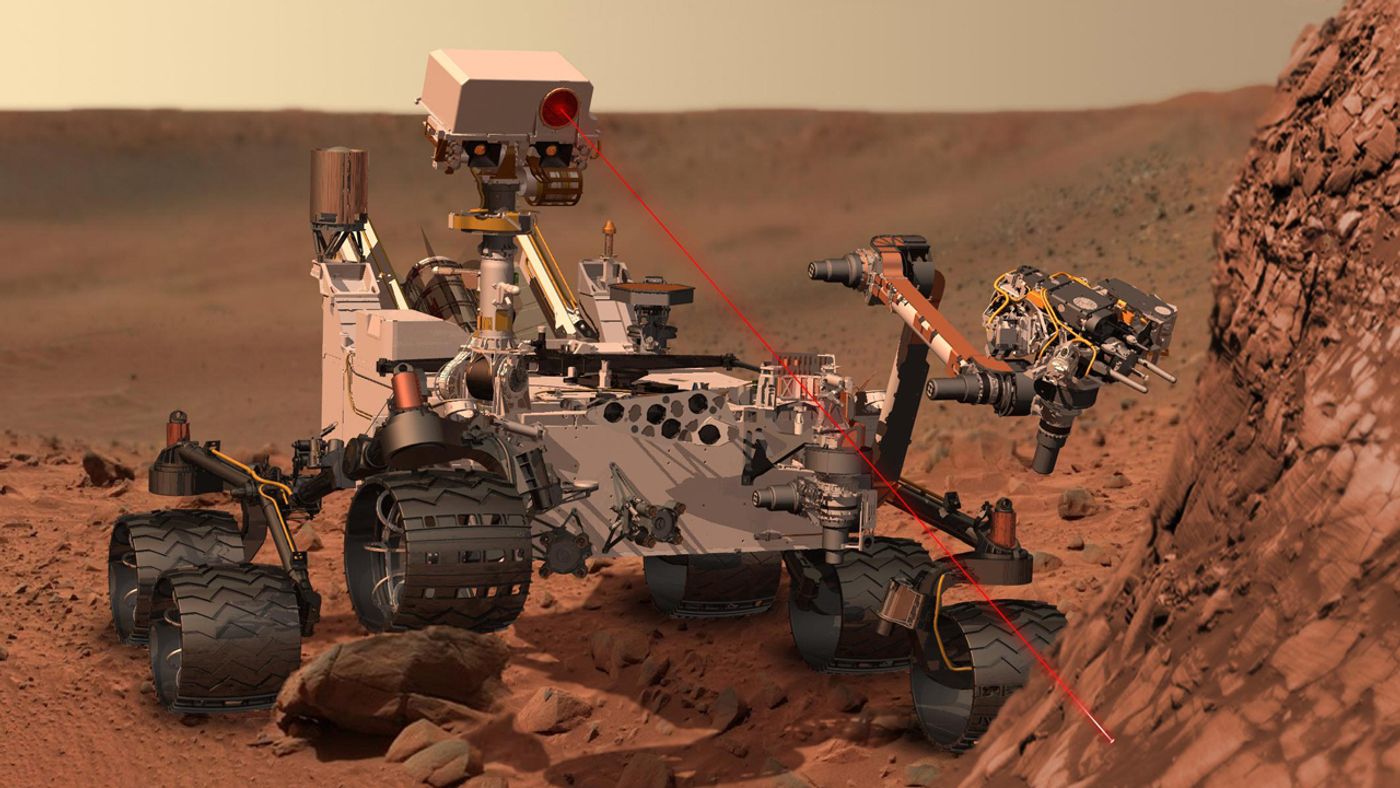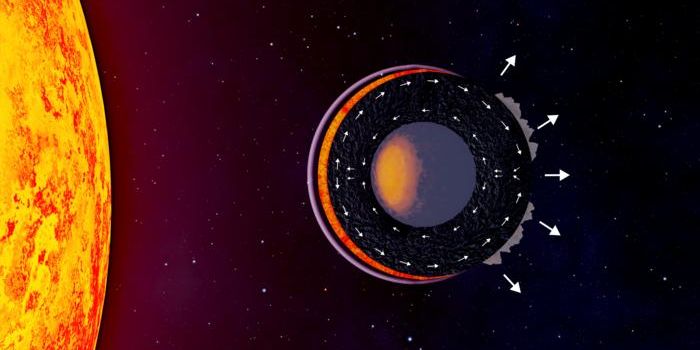Curiosity Rover Software Update Allows for Autonomous Targeting
Somewhere on the red planet we know as Mars, NASA’s Curiosity Rover is driving around and studying the planet up close. Taking photographs, samples, and determining chemical makeup are only some of the things that the rover does on its free time, apart from taking selfies.
But a recent Autonomous Exploration for Gathering Increased Science (AEGIS) software update for the rover, which was uploaded after development by NASA's Jet Propulsion Laboratory in Pasadena, California, now allows the rover to autonomously acquire targets for study via its laser spectrometer.

Image Credit: NASA
This is a major step up for the rover, as it can now make even more of its own decisions and operate more freely without human intervention.
In a previous update, the vehicle’s navigation was made autonomous, but this is a step forward in making the instruments onboard the rover autonomous as well, which will allow NASA to focus their attention on other things while the rover searches for signs of life on its own.
"This autonomy is particularly useful at times when getting the science team in the loop is difficult or impossible -- in the middle of a long drive, perhaps, or when the schedules of Earth, Mars and spacecraft activities lead to delays in sharing information between the planets," said robotics engineer Tara Estlin, the leader of AEGIS development at Jet Propulsion Lab (JPL).
With this new autonomous feature, Curiosity can use its onboard laser to blast a rock, and then analyze the super-heated dust and vapor that gets released from it, all on its own. This process, which is performed by the onboard ChemCam, allows the rover to determine a chemical composition of a rock and send that information back to us here on Earth.
"To select a target autonomously, the software's analysis of images uses adjustable criteria specified by scientists, such as identifying rocks based on their size or brightness," NASA explained in a statement. "The criteria can be changed depending on the rover's surroundings and the scientific goals of the measurements."
In the last four years, NASA says that Curiosity has used its laser more than 350,000 times and that it has used its ChemCam to analyze the composition of as many as 1,400 rocks.
It has also gone into safe mode a few times, giving NASA quite the scare, but engineers have always been able to reboot it remotely.
The future of Martian exploration with Curiosity should be very bright, paving the way for human exploration in the future.
Source: NASA via Big Think








